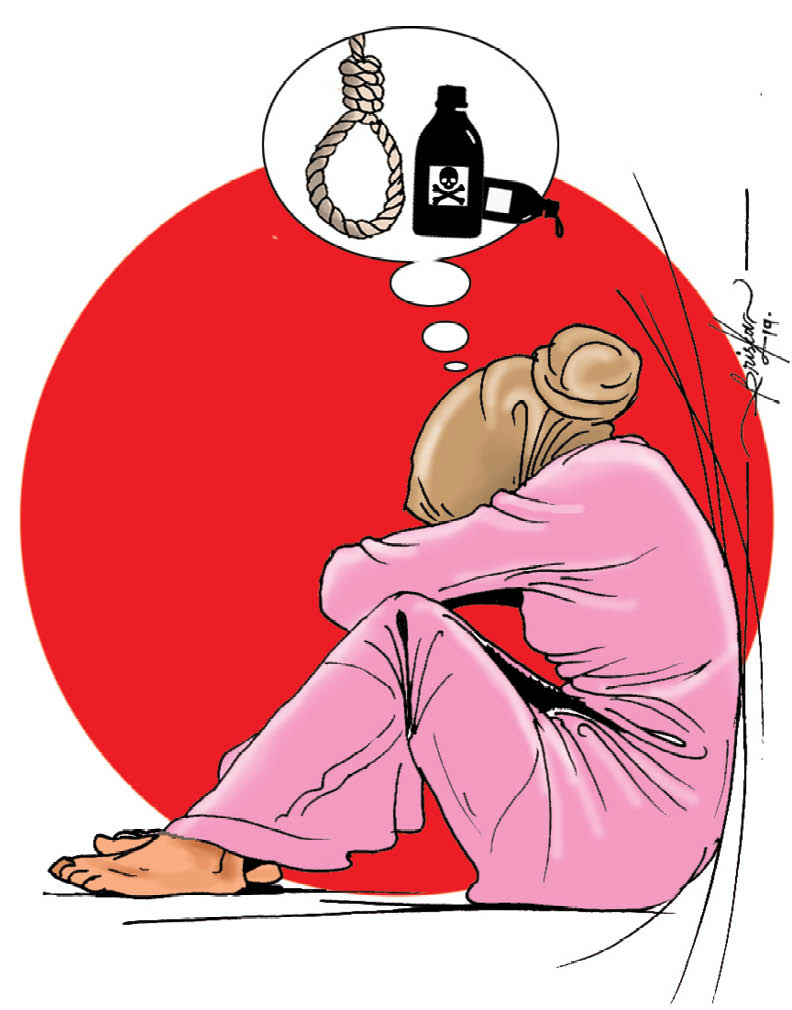Every 10 September, the World Suicide Prevention Day (WSPD) is marked around the globe with the purpose of raising awareness that suicide can be prevented.
According to WHO Director-General, Dr Tedros Adhanom Ghebreyesus, one person dies every 40 seconds from suicide.
“Despite progress, one person still dies every 40 seconds from suicide. Every death is a tragedy for family, friends and colleagues. Yet suicides are preventable.”
In 2016, suicide was the second leading cause of death among young people aged 15-29 years, after road injury.
It is reported that the most common methods of suicide are hanging, pesticide self-poisoning, and firearms.
Dr Tayo Daramola, a mental health expert attributed the increase of suicide lately to the way people eulogise the act, making it more attractive to others to want to follow.
He outlined social support and counseling, proper identification and treatment of mental health challenges, control on the use of alcohol and substance abuse to curb the menace.
It will interest you to know that there is no single cause for suicide, according to the American Foundation for Suicide Prevention (AFSP).
However, depression is identified as a major push associated with it.
3 major warnings signs to watch out from people who are suicide include according to AFSP are,
Talking without hope: people who are suicidal most offend talk about dying by suicide because they feel hopeless and helpless. Its times like this you need to ensure such persons hope to live again are reignited.
Sudden change in behavior: these common changes might be displayed before anyone commits suicide, increased use of alcohol or drugs, withdrawal from activities, isolation from people, sleeping too much or too little or giving away prized possessions
Mood swings: Moods such as depression, anxiety, shame, anger, agitation, or even relief are commonly displayed by people who are suicidal
On how to prevent the act, do the following
- Ask questions when you notice anything suicidal
- Keep them safe and be physically present if they are in danger
- Help them connect and follow up as often as you can
- Ask about the suicidal feelings and encourage them to get help
- Be a good listener
- Look at suicide as a cry for help and be careful not to discount their feelings

 Join Daily Trust WhatsApp Community For Quick Access To News and Happenings Around You.
Join Daily Trust WhatsApp Community For Quick Access To News and Happenings Around You.


